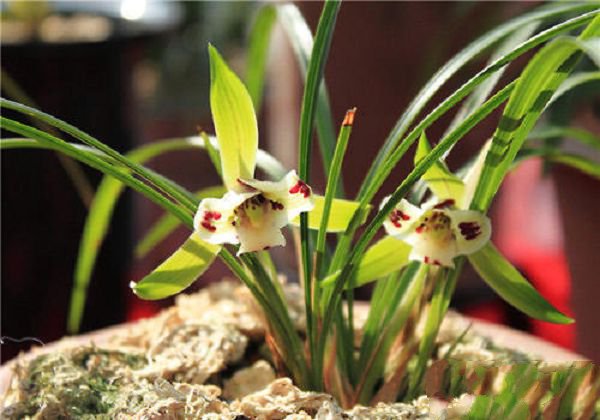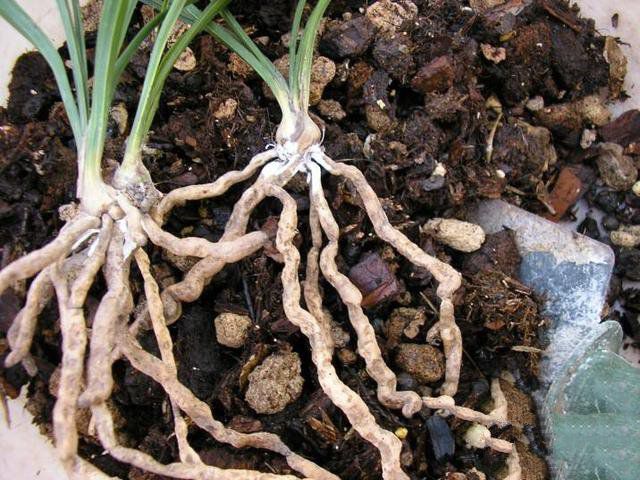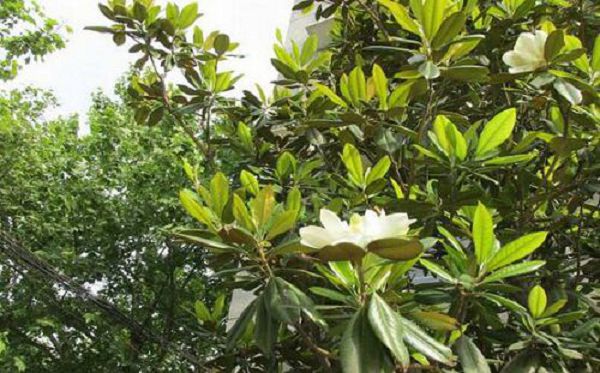How to manage orchids correctly in early spring

Early spring is not only the blooming period of some orchids, but also the sprouting period of some orchids. It can be said that early spring is more important for orchids. If orchids are not properly managed during this period, it is easy to cause rotten roots and buds of orchids. So how can we correctly manage orchids in early spring?
Orchid
In view of the changeable, cold and rainy weather in early spring, orchids and spring orchids in full bloom must be placed for indoor management to protect scape and flowers, because rainy and cold and changeable weather will shorten the flowering period, and orchids will rot when they are watered with cold rain. For orchids such as Jian Lan and Han Lan, you can put them outdoors, but you must pay attention to the drainage and waterlogging of the orchid basin, preferably with a plastic film above the orchid basin to cover the rain.
In early spring, orchids should avoid all fertilizers. At this time, the basin soil should be kept slightly wet, otherwise the new buds of Jian Lan and Han Lan will rot to death, commonly known as "black death", and the tip of the orchid bud will rot into dark brown. It extends until the whole bud is brown and dead. The rotten spring bud will seriously affect the growth, reproduction and flowering of the whole orchid plant in the same year. As the saying goes: spring buds are prosperous, summer buds are weak, autumn buds are improperly counted. If the spring buds are rotten to death, they will not get vigorous new seedlings in that year.
The overcast weather in spring is a frequent period for all kinds of diseases and insect pests. Snails, aphids, shell insects, ground tigers, mole crickets and other pests began to harm orchid plants and new buds; rainy and wet weather will aggravate the occurrence of brown spot. Therefore, 65% topiramine or 50% carbendazim 1000 times solution should be sprayed regularly, keep clean around the orchid basin, spread quicklime to prevent pests from drilling into the basin from the hydrophobic holes in the basin wall and bottom, and regularly check the orchid basin for the occurrence of diseases and insect pests. For orchids and orchids that have passed their flowering period, they should be fertilized in time, but do not apply thick fertilizer.
Related
- Is the orchid suitable for indoor use? Is it good for the body?
- How to prevent the empty root of orchids?
- What to do after the crab claw orchid is withered?
- Why are the leaves of orchids always yellow? Fertilizing and watering.
- Can the root of the gentleman orchid be saved if it is rotten?
- Diagnosis and treatment of cotton-blowing beetle insects in Cymbidium
- There is a way for a gentleman's orchid to rot.
- What is the most suitable temperature and humidity for the orchid?
- How to raise a gentleman's orchid? Cultivation techniques of Cymbidium
- How to prepare the nutritive soil for the cultivation of Cymbidium



